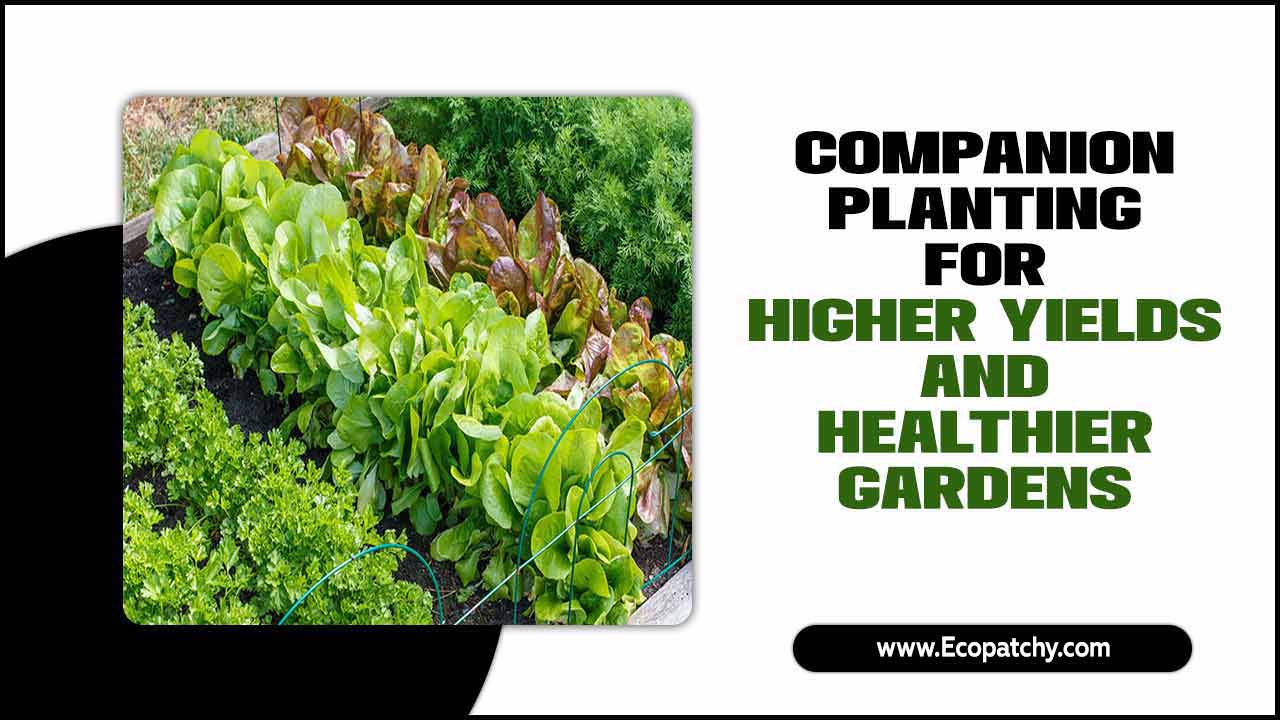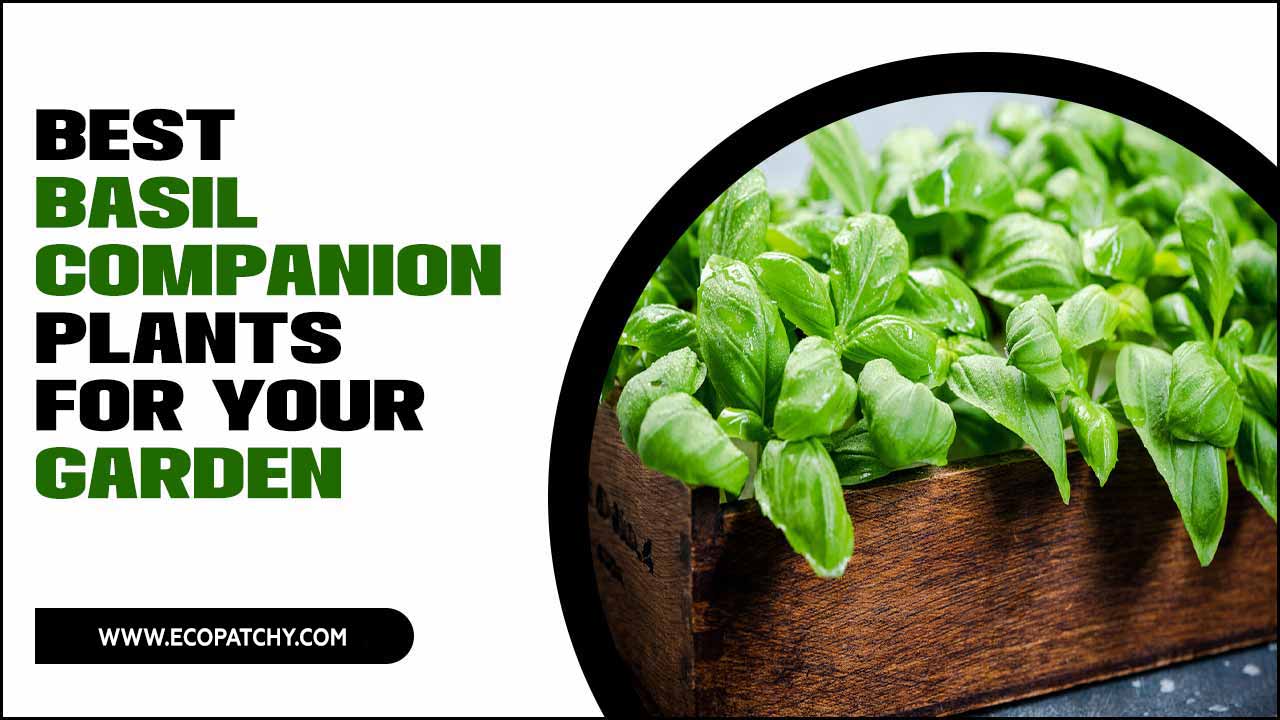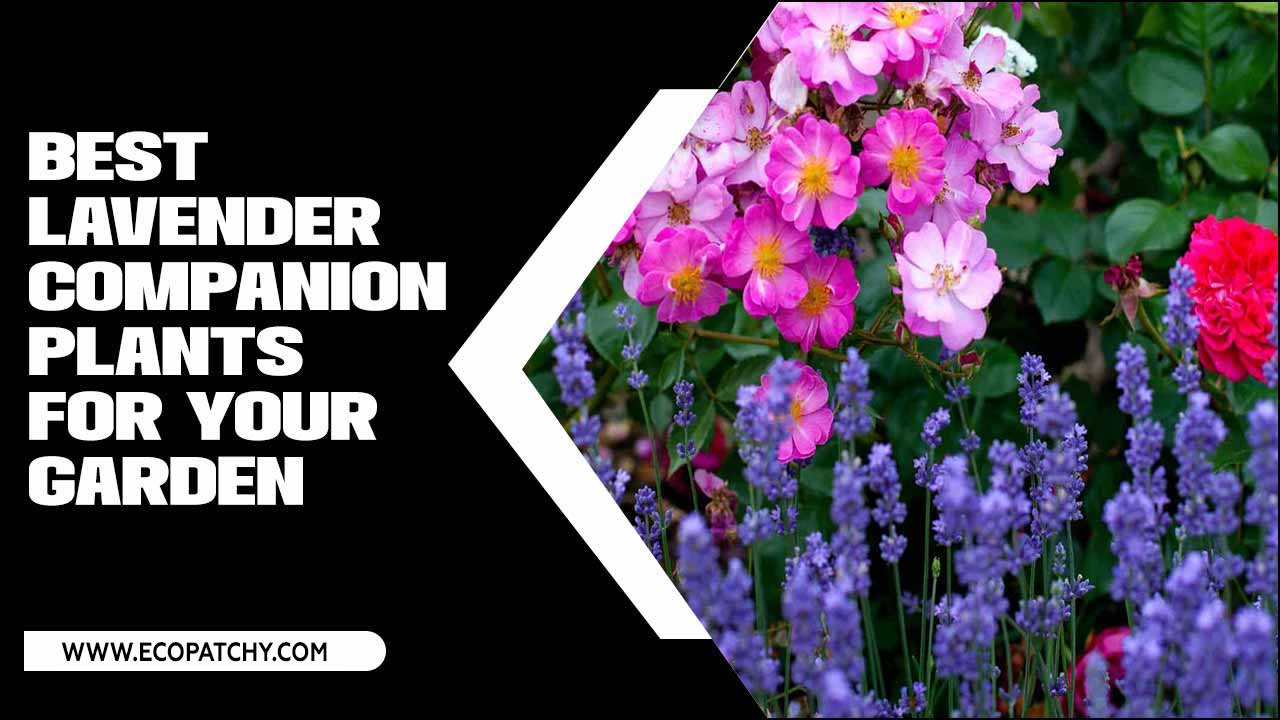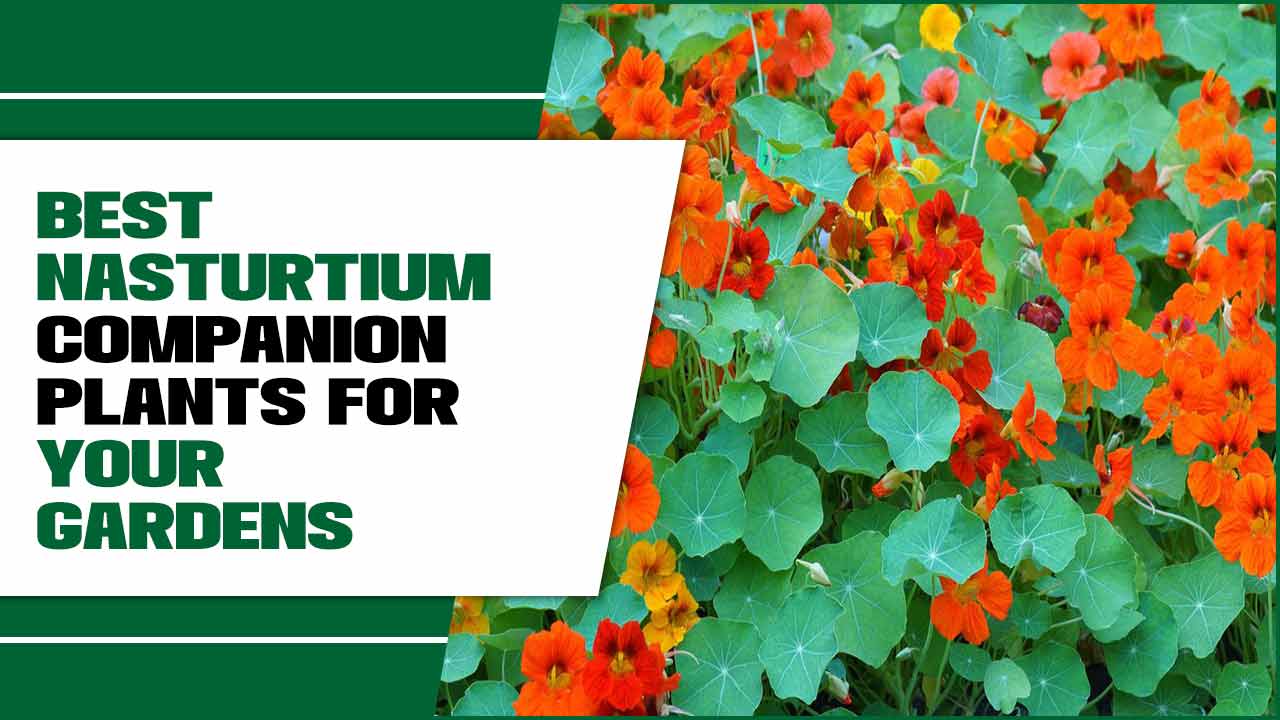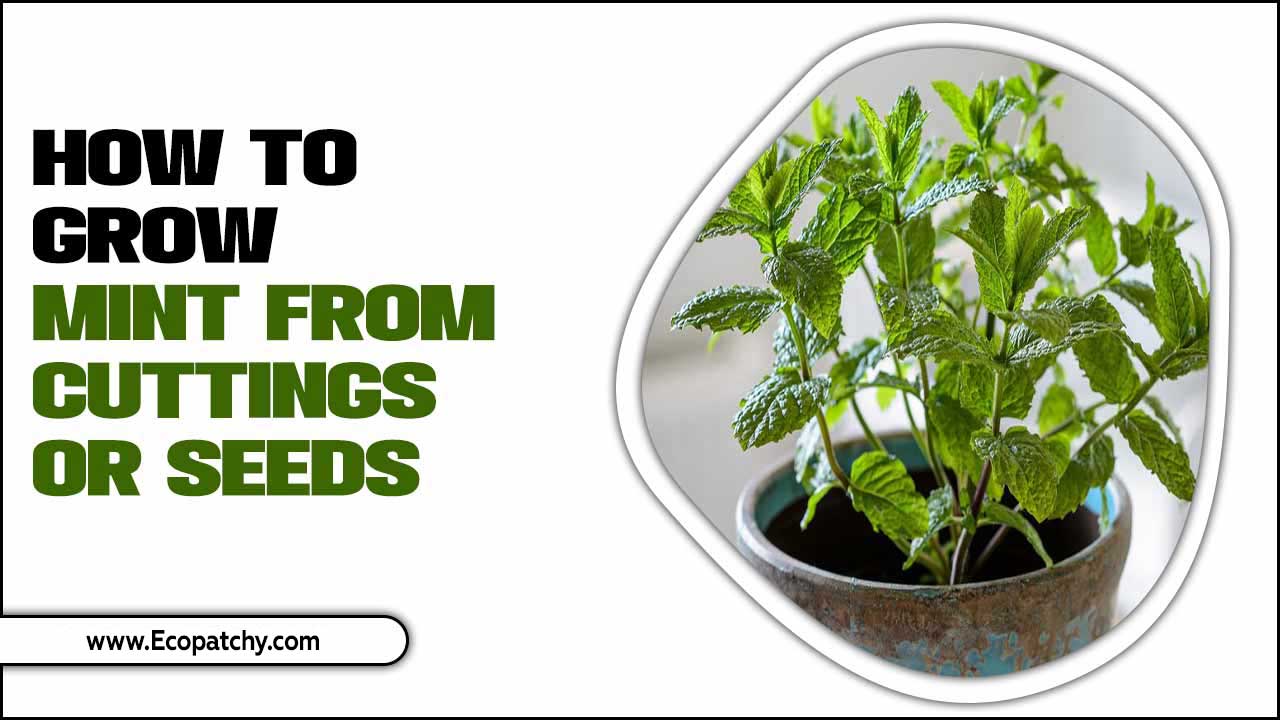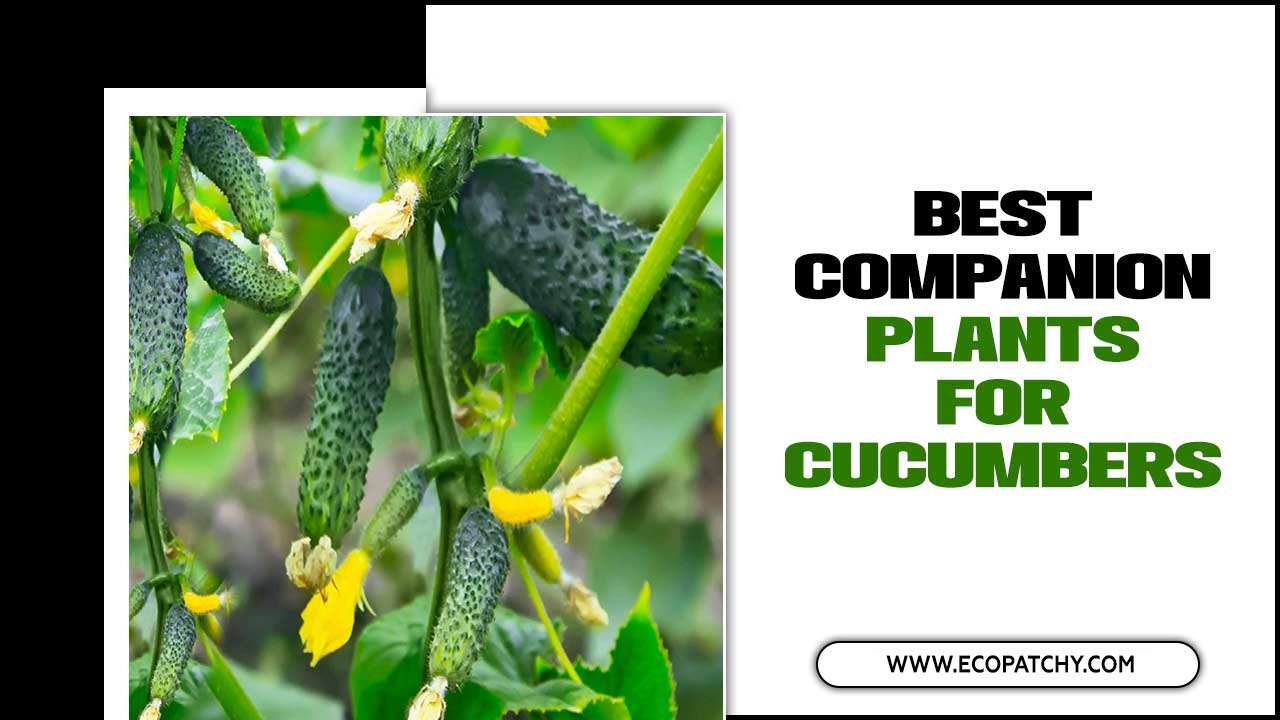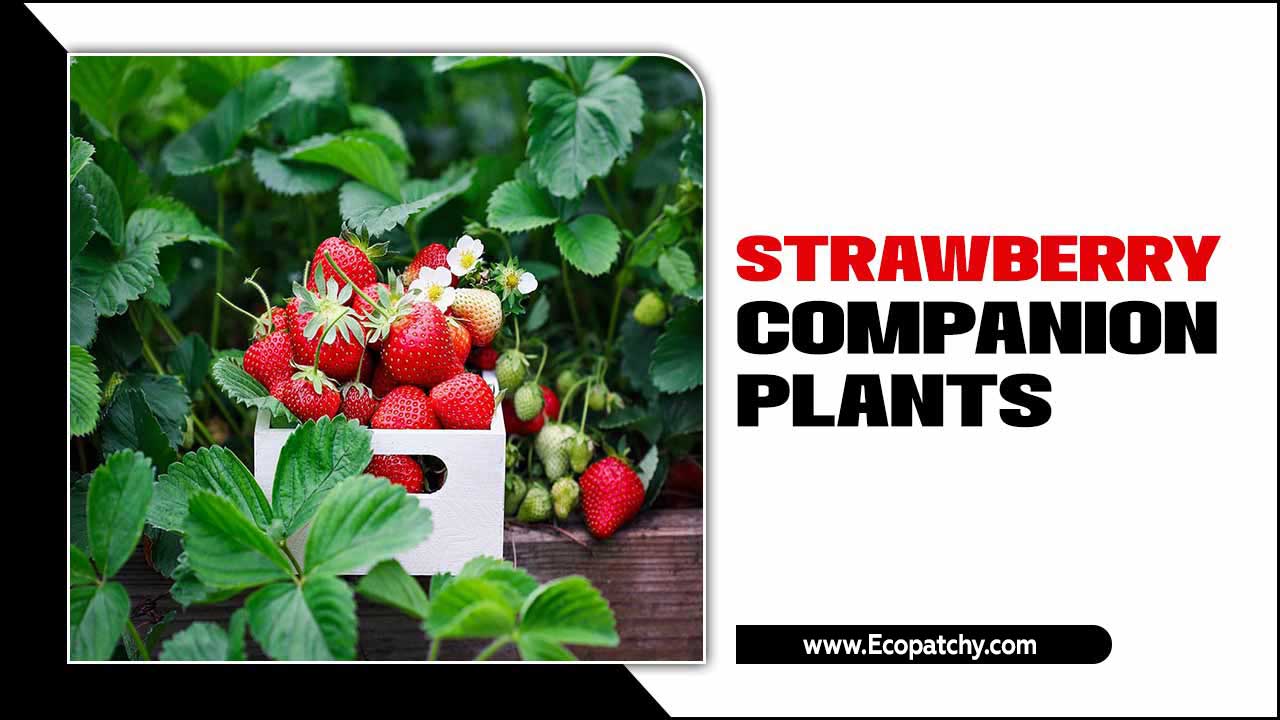Mint is a popular herb used for centuries in various culinary, medicinal, and ornamental purposes. Its refreshing aroma and versatility make it a favorite among gardeners and chefs. However, as with any plant, mint has unique challenges and requirements for optimal growth.
Fortunately, several companion plants can help mint thrive and enhance its flavor. Here, we will discuss why mint companion plants are beneficial and list the top 15 best mint companion plants to help you maximize your herb’s growth potential.
We will also discuss the best mint companion plants plus an important warning, an important warning which plants to avoid growing next to mint, and essential tips for planting mint outdoors. Additionally, we’ll answer whether companion planting can improve soil quality. Read on for all the details!
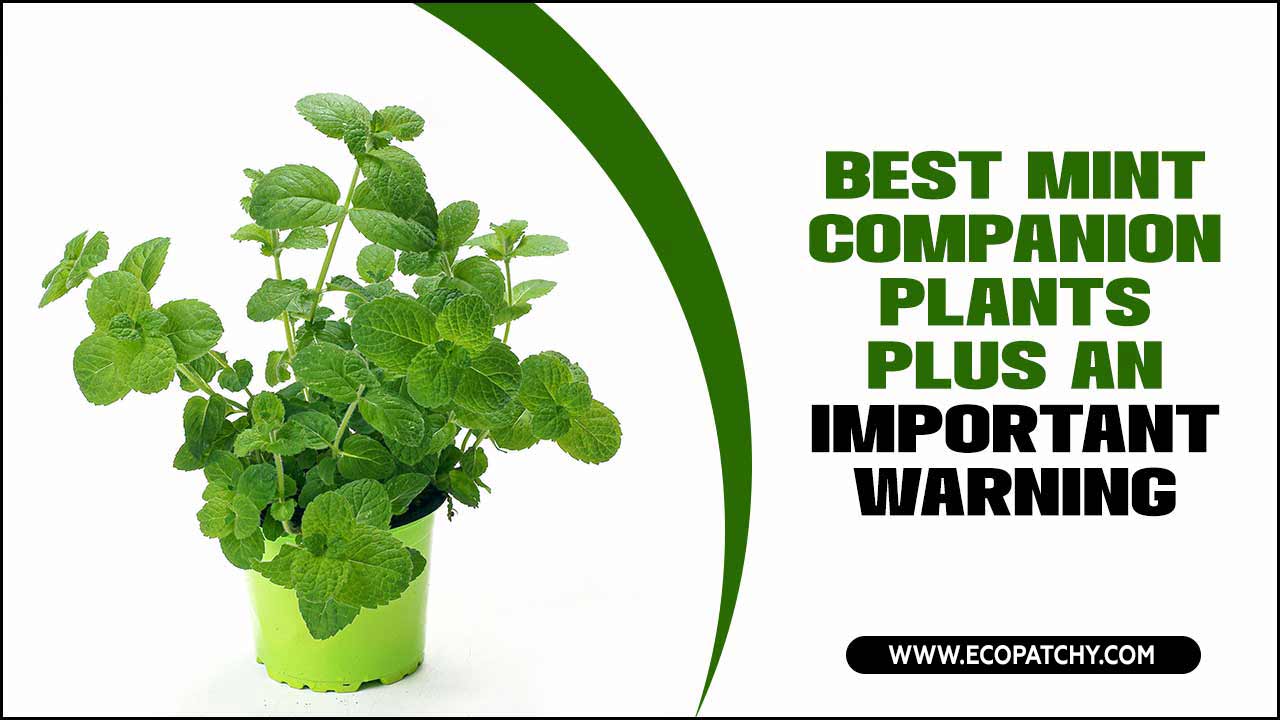
About Mint Companion Plants
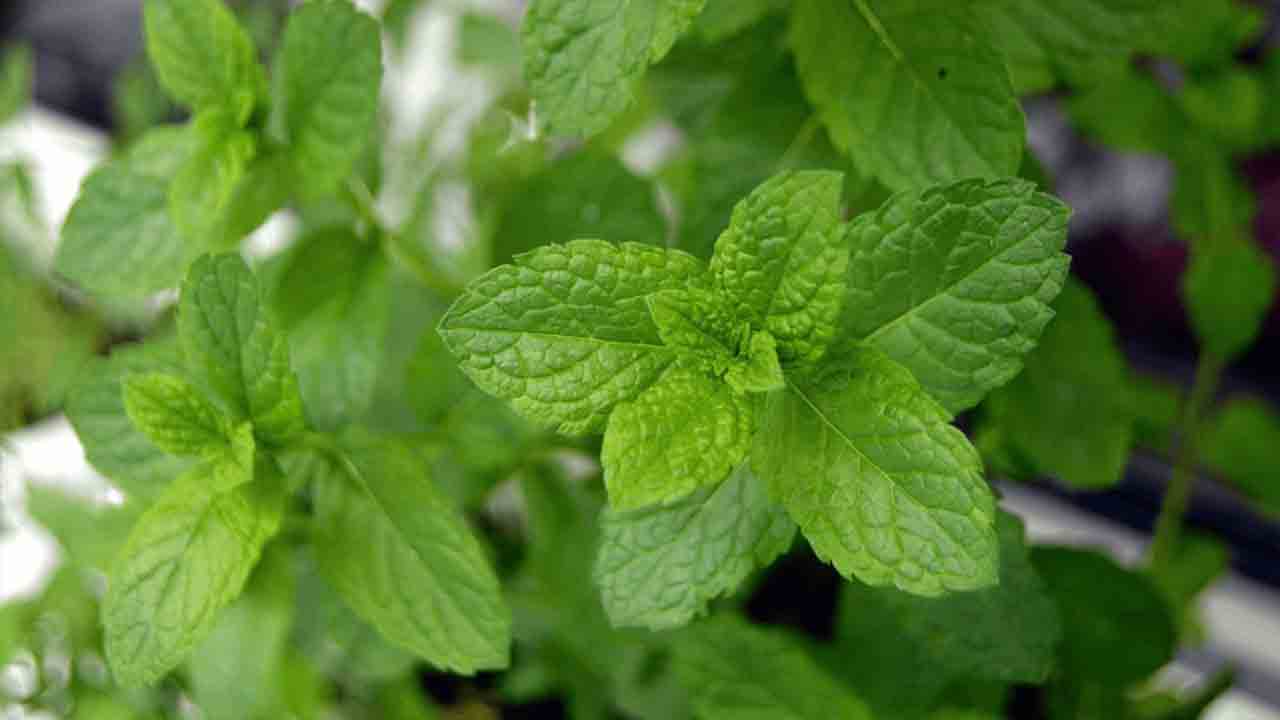
Companion plants for mint offer pest control benefits. Mint companion plants, such as marigolds, attract beneficial insects like parasitic wasps that prey on pests like spider mites and squash bugs. When planted near other vegetables, mint’s strong scent can repel pests like aphids and tomato hornworms.
This makes planting mint with other garden plants a good idea for maintaining a healthy ecosystem. Creating different combinations of mint companion plants can also help deter fungal diseases and nematodes. Incorporating mint companion plants in your herb garden or vegetable patch is the best way to ensure a thriving and pest-free environment.
Why Mint Companion Plants Are Beneficial
Companion plants for mint offer natural pest control by attracting beneficial insects like parasitic wasps that prey on common pests such as spider mites and squash bugs. These mint companions also attract pollinators, enhancing the overall plant health and increasing the chances of successful reproduction.
Certain companion plants, like marigolds and fennel, can repel pests that are harmful to mint, such as aphids and Mexican bean beetles. Additionally, the proximity of mint companion plants can improve the flavor and growth of neighboring plants, especially those in the same plant family or with similar needs.
This symbiotic relationship between mint and its companions benefits both plants, making it a good idea to include them in your herb garden or among other garden plants.
Top 15 Best Mint Companion Plants Plus An Important Warning
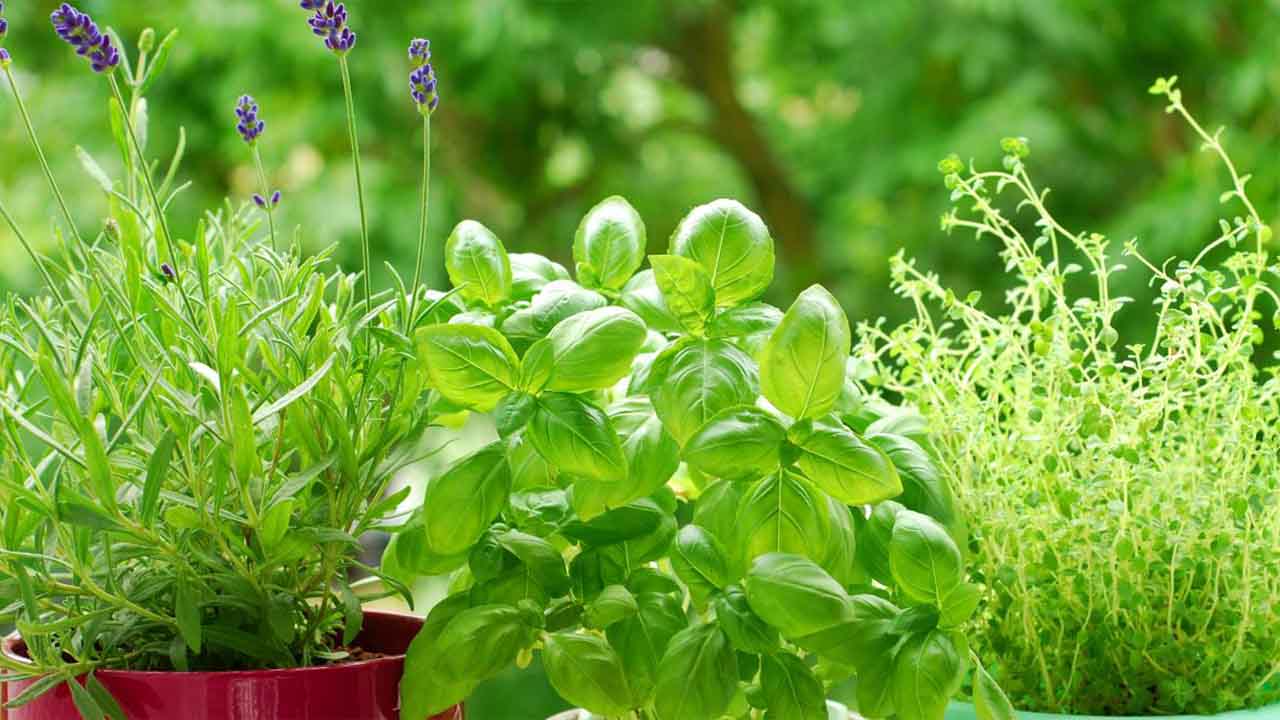
When it comes to growing mint, choosing the right companion plants can make a big difference in the health and growth of your mint plants. Some plants can help deter pests, improve soil quality, or provide shade for your mint.
While these companion plants can benefit your mint, it’s important to note that mint is an aggressive grower and can quickly overtake other plants if not properly contained. To prevent your mint from spreading and becoming invasive, it’s recommended to grow it in containers or use barriers like buried pots or landscape fabric to contain its roots.
By selecting the right companion plants and taking the necessary precautions, you can enjoy a thriving herb garden with healthy, flavorful mint. Here are the top 15 best mint companion plants plus an important warning.
1.Carrots

Carrots are excellent companions for mints due to their compatible growth habits. Planting mint near carrots can enhance the flavor of the carrots and deter pests. The aromatic properties of mint can help mask the scent of carrots, deterring carrot flies. Carrots and mint also have similar light and water requirements, making them great companions in the garden.
Furthermore, planting mint alongside carrots creates a visually appealing and functional garden bed. Combining different varieties of mint with carrots can create interesting and diverse combinations in your herb garden. Overall, growing mint with carrots is a good idea for gardeners looking to maximize the benefits of companion planting.
2.Cabbage

Mint can be a valuable companion plant for cabbage. Its strong scent is a natural deterrent for cabbage pests like cabbage worms and moths, helping protect your cabbage plants from infestation. In addition, growing mint near cabbage can improve their overall health and enhance the flavor of both plants.
Mint and cabbage have similar water and sunlight needs, making them compatible companions in the garden. Consider planting varieties of mint, such as spearmint or peppermint, alongside your cabbage to create a mutually beneficial combination. By doing so, you can enjoy healthier cabbage plants and potentially reduce the need for chemical pesticides.
3.Cauliflower
Mint can prove to be an excellent companion for cauliflower. By planting mint near cauliflower, you can repel pests like aphids and caterpillars and enhance the plants’ overall health—the aromatic properties of mint act as a natural deterrent for common cauliflower pests.
Moreover, the combination of mint and cauliflower creates an aesthetically pleasing garden bed. Both mint and cauliflower thrive in similar growing conditions, making them ideal companions. So, consider planting mint alongside cauliflower to reap the benefits of this beneficial pairing.
4.Kale

Kale is a versatile and nutritious leafy green that belongs to the same plant family as cabbage and broccoli. Regarding companion planting, kale has several good options for creating beneficial combinations. For example, growing kale alongside nightshade family members, like tomatoes and bell peppers, can help deter pests such as spider mites and squash bugs.
Additionally, planting kale near other leafy greens like spinach or lettuce can create a visually appealing and productive garden bed. Consider adding a ground cover or using mulch around kale plants to help retain moisture and suppress weeds.
5.Broccoli

While the heading “Broccoli” may not directly align with the blog title “15 Best Mint Companion-Plants Plus An Important Warning,” let’s explore the benefits of growing broccoli in the garden. Broccoli, a member of the brassica plant family, can be an excellent companion plant for mint.
Growing these two plants nearby is a good idea as they can help deter common pests such as spider mites and squash bugs. Additionally, the different combinations of mint and broccoli can provide a natural defense against fungal diseases. Consider adding broccoli to your garden alongside varieties of mint for a thriving herb garden.
6.Brussels Sprouts
Brussels sprouts can benefit from the presence of certain companion plants in your garden. One popular companion plant for Brussels sprouts is mint. Mint has a strong scent that can help to deter pests, such as aphids and cabbage worms, which are common enemies of Brussels sprouts.
Additionally, mint can help to attract beneficial insects, such as bees and butterflies, which can aid in pollination and promote overall plant health. However, it’s important to note that mint is an aggressive plant that can quickly spread and take over your garden if not properly contained. To prevent this, consider planting mint in containers or using barriers to keep it from spreading into other areas of your garden.
7.Tomatoes
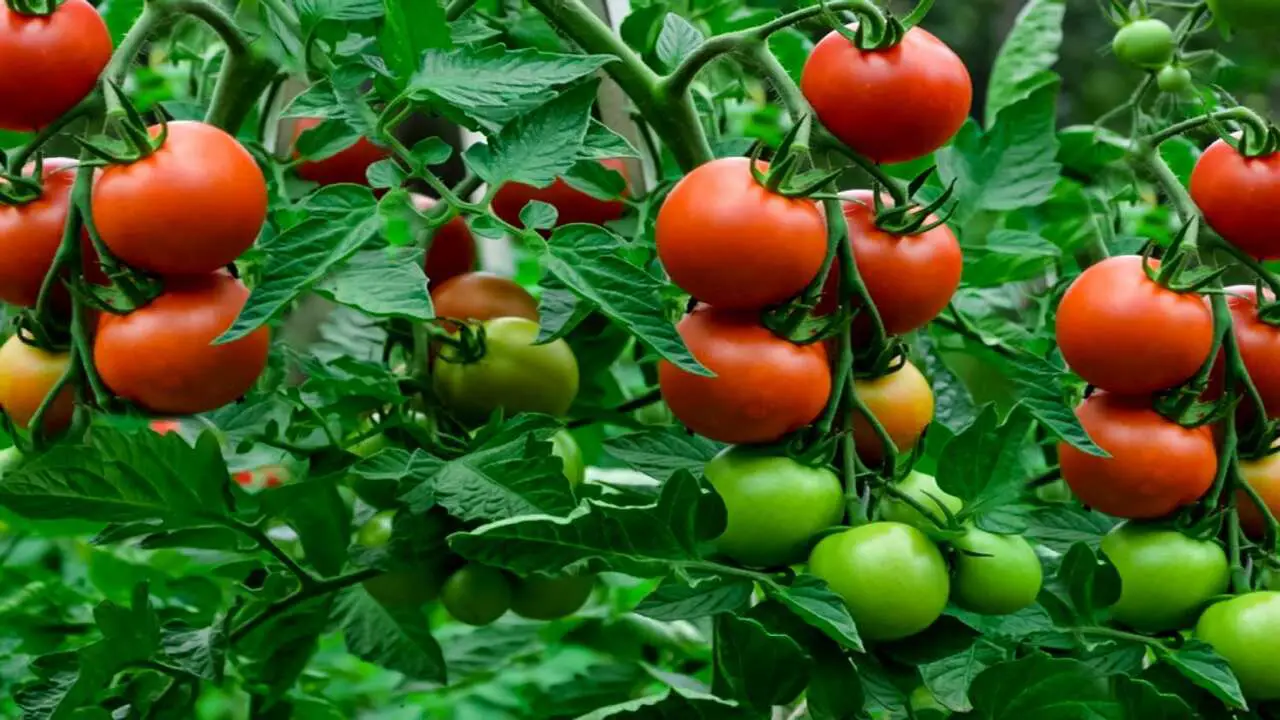
Tomatoes are a popular garden plant that can be grown near certain varieties of mint. They belong to the nightshade family, just like peppers and eggplants. However, there are some important considerations when planting tomatoes near mint. Tomatoes are susceptible to fungal diseases such as verticillium, so choosing disease-resistant varieties is important. In addition, tomatoes can attract pests like spider mites and nematodes.
To combat these issues, some gardeners recommend planting mint as a ground cover around tomatoes or using companion plants like basil or marigolds to deter pests. Gardeners can create a thriving and productive tomato patch by carefully selecting different combinations of plants and taking precautions against pests and diseases.
8.Bell Peppers
Apologies for the inconsistency between the blog title and the heading provided. The blog title focuses on mint companion plants, while the heading concerns bell peppers. To maintain coherence, clarifying which topic you would like me to provide talking points for is important. Please provide the correct information or let me know if you have any specific preferences. Thank you.
9.Eggplants
Eggplants, also known as aubergines, are popular in many gardens. They belong to the nightshade family, making them a suitable companion plant for mint. Eggplants and mint can benefit from their different foliage combinations and scents when planted near each other.
With its strong aroma, the Mint can help deter pests like spider mites and squash bugs. On the other hand, eggplants can provide shade to the mint’s ground cover, preventing weeds’ growth. This symbiotic relationship between these two garden plants is good for gardeners looking to maximize their yields and keep fungal diseases at bay.
10.Peas

Peas make an excellent companion plant for mint, enhancing the soil’s fertility and overall health. They also attract beneficial insects like bees and ladybugs, which help in natural pest control. It is important to support the pea plants as they grow because they can become tall and require stability.
Additionally, peas can serve as a cover crop, protecting the soil from erosion while adding organic matter to it. Combining peas and mint creates a harmonious environment for both plants to thrive. Gardeners who want to improve their herb garden should consider growing peas near varieties of mint.
11.Pole Beans
Pole beans can be a great addition to your garden, even if they don’t directly relate to mint companion plants. These climbing vines can provide vertical interest and efficiently use garden space. When planting pole beans, provide sturdy supports for them to grow on, such as trellises or bean poles.
This will help prevent the plants from sprawling across the ground and taking up valuable real estate. Additionally, pole beans are nitrogen-fixing plants, meaning they can help improve soil fertility by converting atmospheric nitrogen into a usable form. They also attract beneficial insects like bees and parasitic wasps, aiding natural pest control.
12.Bush Beans
Bush beans are a member of the legume family, making them a great companion plant for mint. They can fix nitrogen in the soil, which benefits both the mint and other plants in the garden. Bush beans can help improve the soil’s fertility and attract beneficial insects like bees and ladybugs, which aid in pest control.
When planting bush beans with mint, it’s important to support the bean plants as they grow. This combination of mint and bush beans is good for the plants and for gardeners looking to create a diverse and thriving herb garden.
13.Zucchini
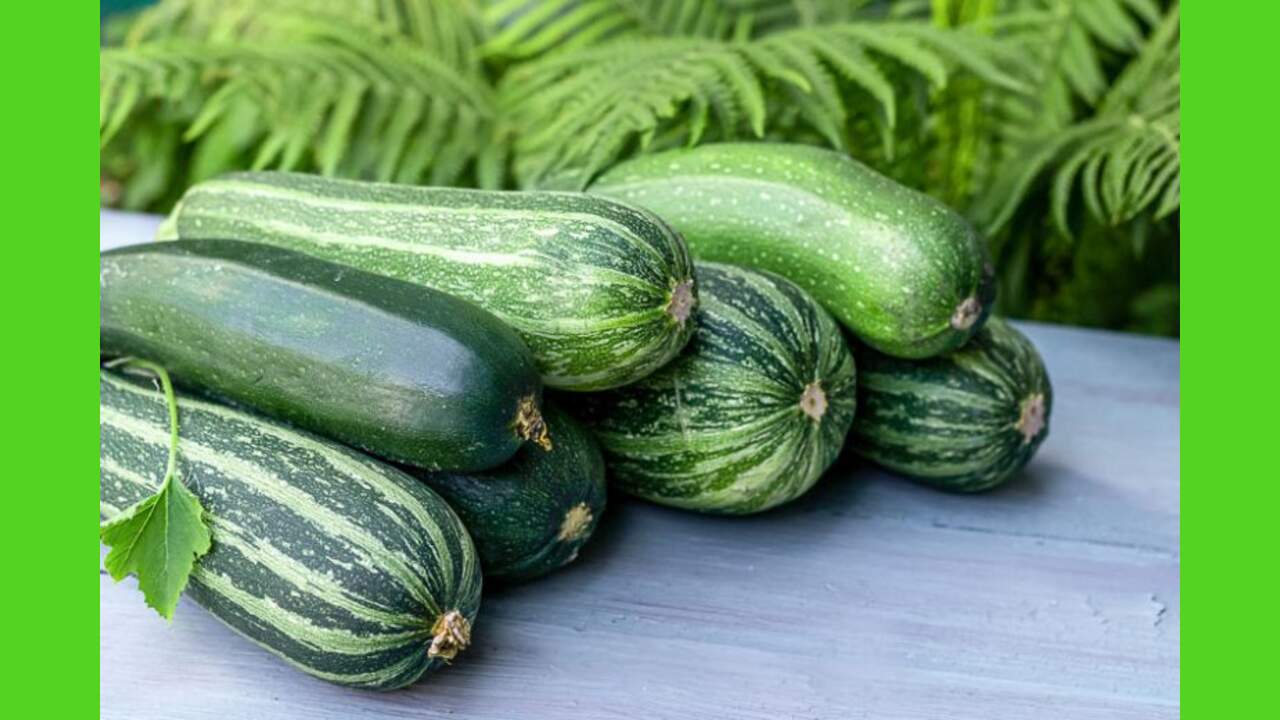
Zucchini is a versatile and popular vegetable that can be grown near mint. By planting zucchini alongside mint, gardeners can benefit from their compatibility and create a visually appealing and productive garden.
Zucchini belongs to the plant family Cucurbitaceae, while mint is from the Lamiaceae family, making them different combinations that complement each other well. Additionally, zucchini’s large leaves provide ground cover, which helps suppress weed growth and conserve soil moisture.
However, it is important to note that zucchini is susceptible to certain pests and diseases, such as squash bugs and fungal diseases, so gardeners should remain vigilant and take appropriate measures to protect their plants.
14.Winter Squash
Winter squash is a great addition to your garden. It belongs to the plant family Cucurbitaceae and comes in different varieties, such as butternut squash, acorn squash, and spaghetti squash. Growing winter squash near other garden plants can be beneficial.
It acts as a ground cover, preventing weed growth and conserving moisture in the soil. Additionally, due to its dense foliage, winter squash can deter pests like squash bugs and spider mites. However, be cautious of fungal diseases that can affect winter squash.
Consider companion planting with plants like sunflowers, spinach, or asparagus to enhance the health of your winter squash crop. Mulching around the base of the plants can also help retain moisture and suppress weed growth. Overall, winter squash is a valuable addition to any garden.
15.Peonies
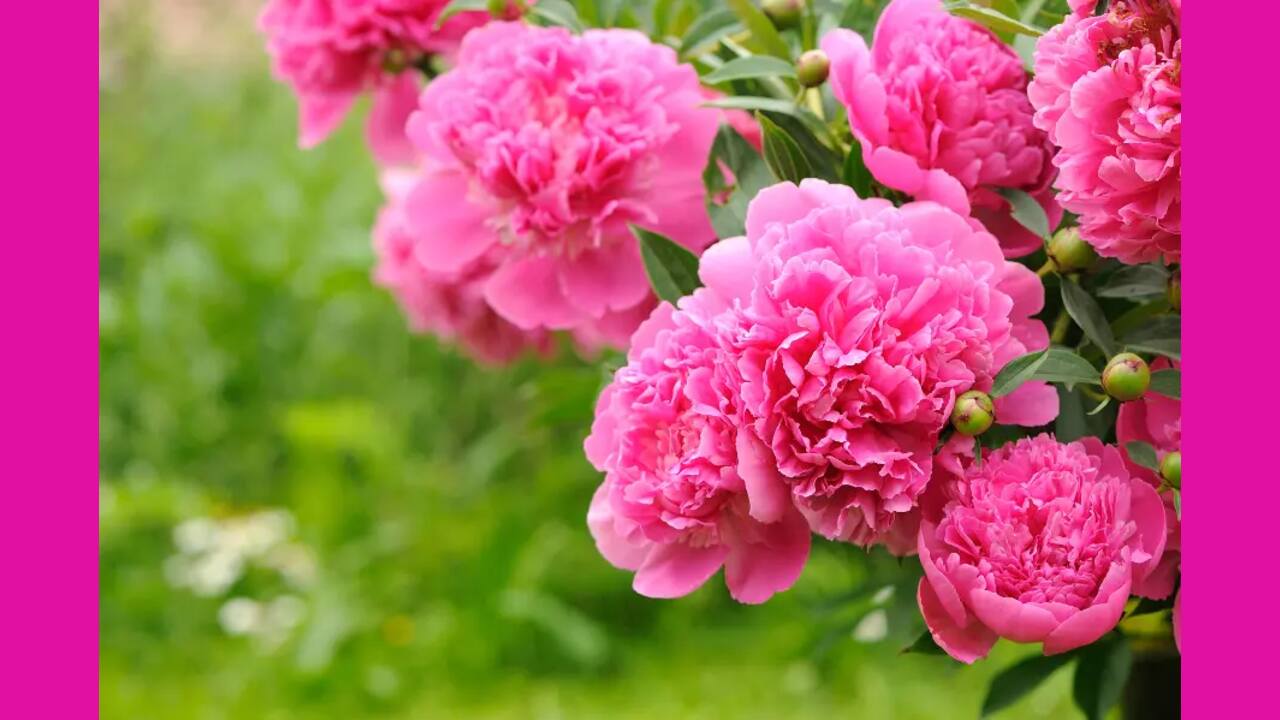
Peonies are well-loved for their stunning, large blooms in various colors. They thrive in well-drained soil and prefer full sun or partial shade. Companion planting with herbs like chives, oregano, and rosemary is a good idea to enhance their growth and repel pests.
These herbs attract beneficial insects and deter pests like spider mites and squash bugs. Other suitable companion plants for peonies include alliums, daylilies, and baptisia. However, it’s important to avoid planting peonies too close to trees or shrubs with shallow roots, as they may compete for nutrients and water.
Which Plants To Avoid Growing Next To Mint?

While mint is a versatile and fragrant herb that can be a great addition to any garden, it is important to know which plants to avoid growing next to it. Mint spreads and grows aggressively, so it is best to keep it contained in its area or pots.
Additionally, mint can inhibit the growth of certain plants due to its strong scent and allelopathic properties. Some plants that should be avoided as companions for mint include parsley, chives, and chamomile. These plants can struggle to thrive when planted near mint. By being mindful of which plants to avoid growing next to mint, you can ensure that your garden inhabitants coexist harmoniously.
The Conflict Between Strawberries And Mint
When considering companion planting, knowing the potential conflicts between different plants is important. One such conflict is between strawberries and mint. Mint and strawberries have conflicting soil pH requirements, making creating an optimal growing environment challenging for both.
Additionally, mint spreads aggressively and can crowd out strawberry plants, leading to reduced fruit production. The invasive nature of mint can also overshadow strawberry plants, further compromising their growth and development. Therefore, planting mint and strawberries nearby is generally not recommended, as it may result in a weaker harvest.
Essential Tips For Planting Mint Outdoors

Regarding planting mint, there are a few important things to remember. Mint is a vigorous grower and can quickly spread and take over your garden if not properly contained. When planting mint outdoors, there are a few essential tips to keep in mind. By following these tips, you can enjoy the benefits of growing mint while keeping it under control in your garden.
- Choose The Right Location: Mint thrives in full sun to partial shade, so choose a spot in your garden that receives at least 6 hours of sunlight daily. It is also important to select a location that has well-draining soil.
- Use Containers Or Barriers: Mint is a vigorous grower and can quickly take over your garden if left unchecked. To prevent it from spreading, plant mint in containers or use barriers such as buried pots or edging materials to contain its growth.
- Water Regularly: Mint requires consistent moisture, so water it regularly. Keep the soil evenly moist but not waterlogged, as overly wet conditions can lead to root rot.
- Harvest Frequently: Harvesting mint leaves promotes healthy growth and helps prevent the plant from becoming too leggy. Regularly trim the stems just above a set of leaves to encourage new growth.
- Important Warning: While mint is a delightful herb in your garden, it is worth noting that it can be invasive and may crowd out other plants. To prevent this, be diligent about containing its growth and consider growing mint in pots or dedicated garden areas.
Conclusion
Companion planting with mint offers numerous benefits for your garden. Mint companion plants not only enhance the growth and flavor of mint but also provide natural pest control and improved soil quality. The best mint companion plants include carrots, cabbage, tomatoes, and bell peppers.
However, it’s important to avoid planting mint near strawberries as they can inhibit each other’s growth. When planting mint outdoors, choose a well-drained location and regularly prune to prevent it from taking over.
Additionally, interplanting mint with other herbs and flowers can help improve soil quality and attract beneficial insects. You can create a thriving and productive garden by practicing companion planting with mint. We’ve discussed the best mint companion plants plus an important warning.
Frequently Asked Questions
1.What Herbs Should Not Be Planted With Mint?
Ans: Avoid planting mint with herbs like oregano or thyme, as they have similar growth habits. Additionally, keep mint away from onions and garlic to prevent stunted growth. Consider planting chamomile, lemon balm, or basil alongside mint as beneficial companions. To control the mint’s invasive tendencies, grow it in a container.
2.What Else Can I Plant With Mint?
Ans: Some great companions for mint are basil, chamomile, marigolds, and thyme. Growing flowers like nasturtiums or petunias alongside mint can also deter pests. Avoid planting mint with other herbs as it may overpower them. Mint thrives in containers with other herbs or vegetables.
3.Why Do You Need To Be Careful With Mint?
Ans: Mint requires caution due to its invasive nature. It can quickly overpower other plants and hinder their growth. Contain mint in containers or raised beds to prevent its spread. Additionally, use mint sparingly in cooking, as its strong flavor can easily overwhelm a dish.
4.Can You Plant Tomatoes And Mint Together?
Ans: Yes, tomatoes and mint can be planted together. Tomatoes are known to repel pests that may harm mint plants, while mint can attract beneficial insects to the tomato plants. However, it’s important to contain the spread of mint as it tends to overtake other plants in the garden.
5.What Grows Well With Mint?
Ans: Mint thrives when planted alongside herbs like basil, thyme, and parsley. It also pairs well with vegetables such as tomatoes and peppers. Other companion plants like marigolds or nasturtiums can repel pests and benefit mint. However, avoid planting mint near other plants from the same family to prevent competition for nutrients.

